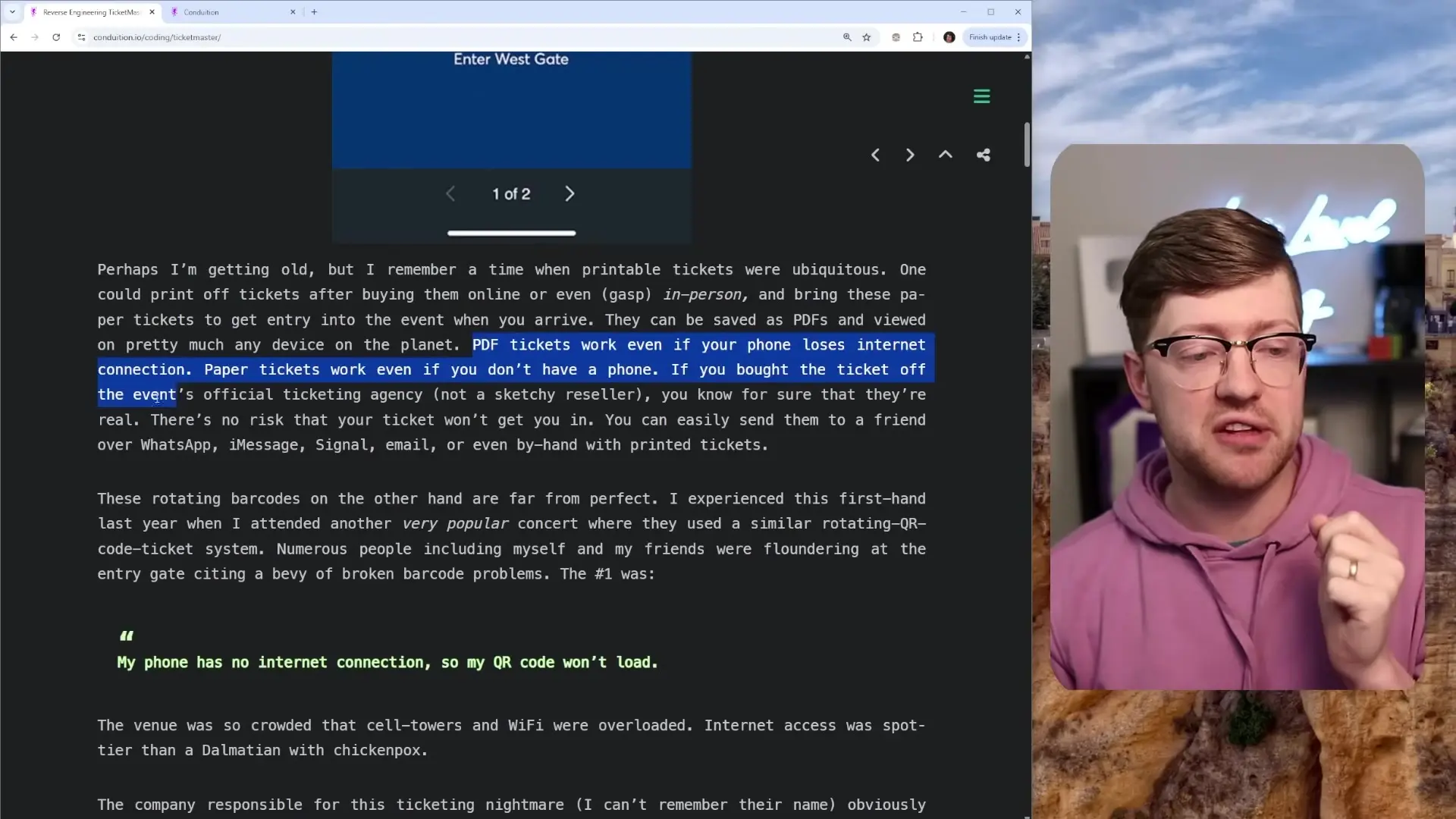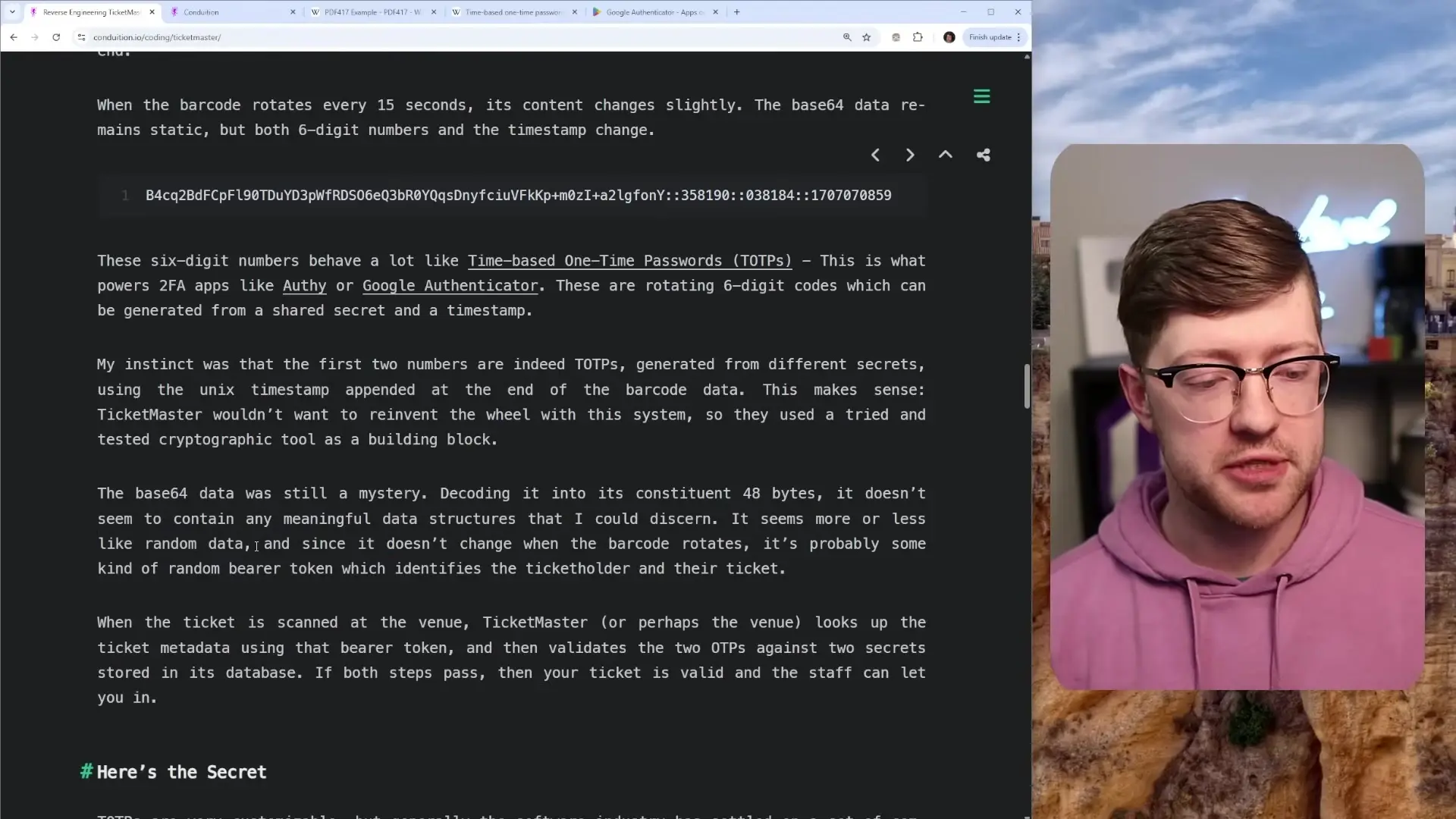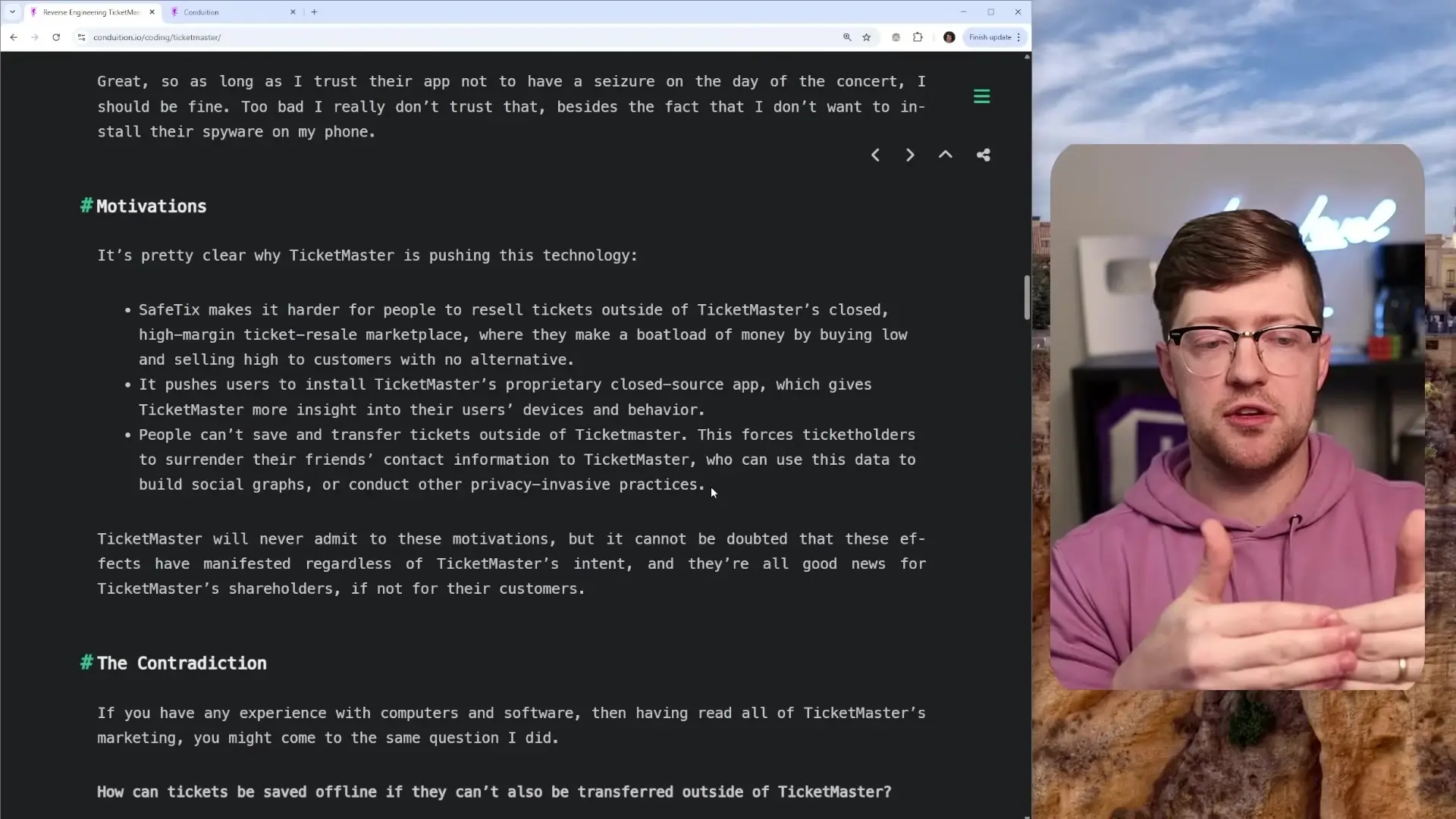
If you've attended a live event recently, you've likely encountered Ticketmaster's SafeTix system with its rotating barcodes. This technology has replaced traditional printable PDF tickets with a dynamic verification system that has significant implications for users. While designed to combat ticket fraud, the implementation creates numerous problems for concertgoers while reinforcing Ticketmaster's market dominance.

Understanding SafeTix: Ticketmaster's Rotating Barcode Technology
SafeTix is Ticketmaster's proprietary ticket authentication system that replaces static barcodes with dynamic ones that refresh approximately every 15 seconds. This technology is marketed as an anti-fraud measure that prevents tickets from being copied or transferred outside Ticketmaster's ecosystem.
The rotating barcode works by partially obscuring portions of the code at regular intervals, making standard screenshots unusable for entry. The system requires either Ticketmaster's mobile app or their web application to properly display the valid, scannable barcode at the venue. When attempting to verify Ticketmaster tickets, venue staff use specialized scanners that can interpret these partially obscured barcodes.
The Technical Implementation Behind SafeTix
From a technical perspective, SafeTix likely implements a time-based authentication system similar to TOTP (Time-based One-Time Password) used in two-factor authentication. The barcode changes based on time synchronization between the Ticketmaster servers and the venue's scanning equipment.
- The barcode contains encrypted information about the ticket and event
- A portion of the barcode is obscured by a moving blue overlay that shifts position every few seconds
- The scanner knows which portions to ignore based on the current timestamp
- This makes standard screenshots or printouts useless as they capture only a single moment in the rotation sequence

Real-World Problems with Ticketmaster's Barcode Verification
While the security concept might seem sound in theory, SafeTix creates significant practical problems for event attendees. The most critical issue occurs when checking Ticketmaster barcodes at venues with poor connectivity.
- Internet Dependency: When thousands of attendees congregate at an event, cellular networks become overwhelmed, making it difficult or impossible to load tickets when needed.
- App Installation Requirement: Users must install Ticketmaster's proprietary app, granting it permissions and access to personal data.
- Single Point of Failure: If Ticketmaster's servers experience issues or the app malfunctions, there's no backup method to verify ticket authenticity.
- Limited Transfer Options: Sharing tickets with friends requires them to also use Ticketmaster's ecosystem, collecting more personal data.
These issues create a frustrating experience where attendees find themselves frantically waving phones in the air hoping to catch enough signal to load their tickets while queues grow longer at venue entrances.
The Business Motivations Behind SafeTix Implementation
Understanding why Ticketmaster has implemented this system requires examining the business benefits it provides to them rather than consumers:
- Control Over Resale Market: By making tickets difficult to transfer outside their platform, Ticketmaster maintains control over the lucrative secondary market.
- Data Collection: The app allows Ticketmaster to collect behavioral data, device information, and build social graphs through ticket transfers.
- Ecosystem Lock-in: Users are forced to remain within Ticketmaster's ecosystem rather than using alternative platforms.
- Market Dominance Reinforcement: The technology helps maintain Ticketmaster's monopolistic position in event ticketing.

Troubleshooting When Ticketmaster Barcodes Aren't Working
If you're experiencing issues with Ticketmaster barcode not working at an event, here are some potential solutions:
- Load your tickets well before arriving at the venue while you still have reliable internet
- Take screenshots as a backup (though these may not work with venue scanners)
- Enable offline mode in the Ticketmaster app to ensure tickets are cached locally
- If possible, transfer to the venue's WiFi network rather than relying on cellular data
- As a last resort, locate the box office or customer service desk for manual verification
Security Implications and Potential Vulnerabilities
While Ticketmaster promotes SafeTix as a security enhancement, the system potentially introduces new vulnerabilities. Security researchers analyzing the implementation have identified potential weaknesses in how the rotating barcodes are generated and verified. Ticketmaster does offer a bug bounty program for researchers who discover security flaws in their systems.
The fundamental security question remains: does the anti-fraud benefit outweigh the significant usability problems and privacy concerns introduced by the system? For many users, the answer appears to be no.
The Case for Returning to Simpler Solutions
Before SafeTix, event ticketing worked reliably through printable PDF tickets with static barcodes or QR codes. These tickets had significant advantages:
- No internet connection required at the venue
- Multiple backup options (print, save as PDF, store on any device)
- No proprietary app installation necessary
- Simplified transfer process between friends and family
- Reduced data collection and privacy concerns
While fraud prevention is important, the current implementation creates more problems than it solves for the average concertgoer. A more balanced approach would maintain security while improving the user experience and addressing the connectivity challenges that plague the current system.
Conclusion: Balancing Security with Usability
Ticketmaster's SafeTix system represents a classic case of security measures that significantly impact usability. While the rotating barcodes may help prevent certain types of ticket fraud, they create substantial problems for legitimate users, especially in venues with connectivity issues.
As event ticketing technology evolves, finding the balance between fraud prevention and user experience remains crucial. For now, attendees must adapt to these systems while advocating for improvements that address the very real problems created by SafeTix's implementation.
Let's Watch!
How Ticketmaster's SafeTix Rotating Barcodes Work: Security Analysis & Issues
Ready to enhance your neural network?
Access our quantum knowledge cores and upgrade your programming abilities.
Initialize Training Sequence